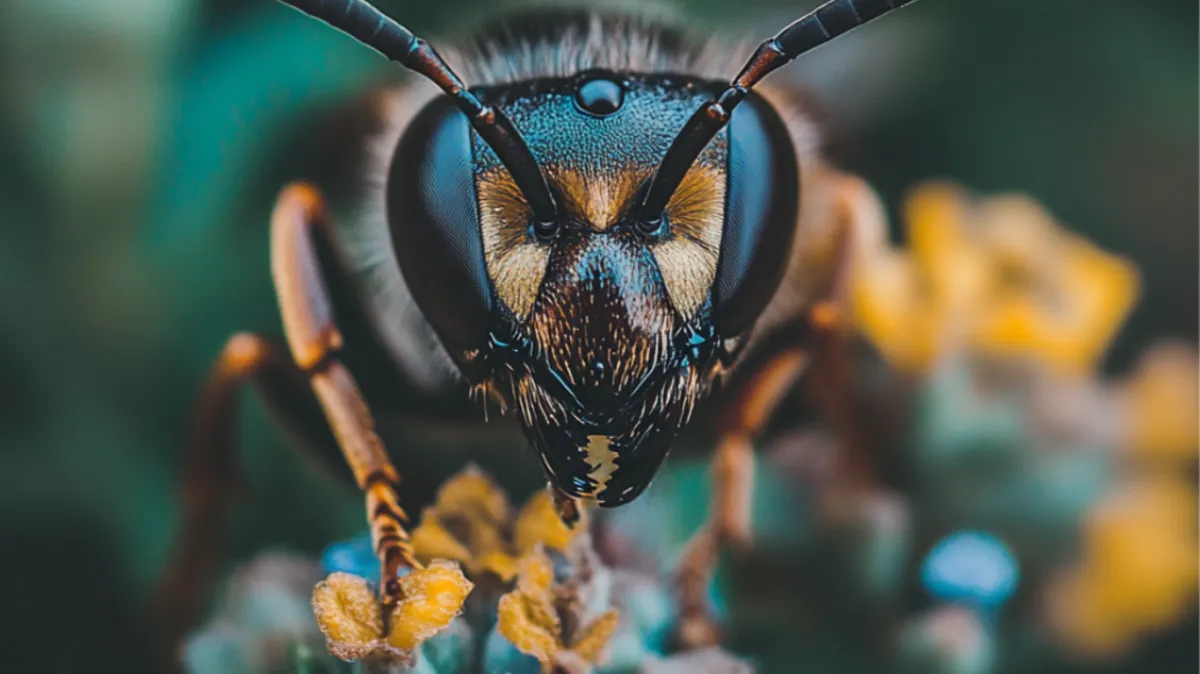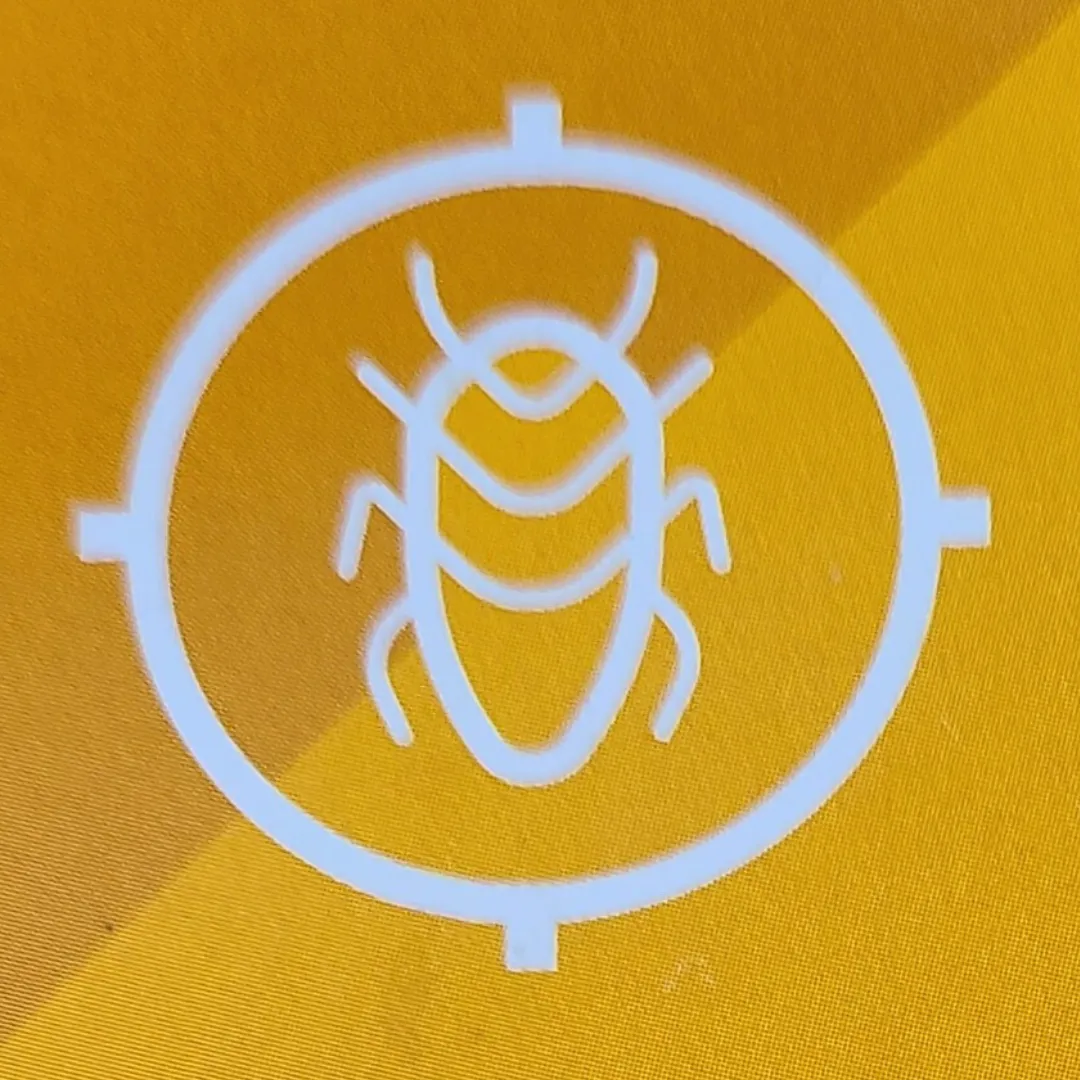The Local Ottawa Journal
WAYNE'S PEST JOURNAL

A Buzz-Free Backyard: Managing Bees and Wasps Safely
Deep Dive into Understanding Bees and Wasps
Both bees and wasps play critical roles in our ecosystems, but their proximity to human dwellings can sometimes lead to conflicts. Here's an in-depth look at their ecological importance and the challenges they can present:
Ecological Benefits:
Bees: Renowned for their role in pollination, bees help sustain floral growth and enable agricultural productivity.
Wasps: Unlike bees, wasps are predators and play a crucial role in managing the populations of other insects, acting as natural pest control.
Risk Factors:
Sting Threat: Both bees and wasps can sting, though their reasons for doing so differ. Bees sting primarily for defense and will die after stinging as their stinger becomes lodged in the skin of their target. Wasps, which can sting multiple times, are more aggressive and can initiate attacks with little provocation.
Allergic Reactions: Stings from these insects can cause allergic reactions ranging from mild irritation and swelling to severe anaphylactic reactions, which can be life-threatening.
Nest Identification:
Location Clues: Bees tend to build their nests out of wax in more protected areas such as tree hollows and within wall cavities, whereas wasps often construct papery nests in eaves, attics, or hanging from tree branches.
Nest Appearance: Beehives are typically more structured with the characteristic honeycomb pattern, whereas wasp nests have a more random, umbrella-like shape and are made from a paper-like substance created from chewed wood fibers.
Understanding Aggression:
Bee Behavior: Bees are generally non-aggressive and will not attack unless provoked. They are more docile than wasps and focus on their tasks of gathering pollen and nectar.
Wasp Aggression: Wasps can be more aggressive, especially in the presence of food or when their nest is threatened. They are known to be more active and defensive during the later summer months.
Seasonal Activity:
Bees: Most active during the warmer months when flowers are in bloom and less visible during the winter.
Wasps: They start building nests in the spring and become more noticeable and aggressive towards the end of summer as their populations peak
The Importance of Professional Nest Removal Services
Managing bee and wasp populations near human habitats involves more than just dealing with potential pests—it requires a thoughtful approach that balances safety with ecological sensitivity. Here's why opting for professional nest removal services is essential:
Specialized Expertise:
Trained Professionals: Experts in pest control have extensive training in identifying different species of bees and wasps and understanding their behaviors. This knowledge is crucial for choosing the safest and most effective removal strategies.
Advanced Techniques: Professionals use sophisticated methods and tools that allow them to remove nests efficiently without causing harm to the insects whenever possible, especially in the case of beneficial bees.
Enhanced Safety:
Protection from Stings: Removing a nest can be dangerous, particularly if the colony becomes defensive. Pest control professionals are equipped with protective gear to safely handle the removal process, minimizing the risk of stings.
Safety for All: Professionals help ensure that your outdoor spaces are safe for everyone, including children and pets, by effectively managing the risks associated with bees and wasps.
Ethical and Sustainable Practices:
Conservation Awareness: Professionals recognize the important roles that bees and wasps play in our ecosystems. They strive to use removal methods that protect these populations, such as relocating bees instead of exterminating them.
Regulated Methods: Licensed pest control services adhere to regulations that promote humane and ethical treatment of wildlife, ensuring that removal practices do not unnecessarily harm the insects or the environment.
Long-Term Solutions:
Preventative Advice: Beyond just removing nests, professionals provide valuable guidance on how to make your property less attractive to bees and wasps in the future. This might include advice on securing food sources and modifying landscaping to deter these insects.
Follow-Up Services: Many pest control companies offer ongoing monitoring and maintenance to help prevent new nests from forming, ensuring your yard remains safe and enjoyable season after season.
Community Initiatives for Bee Conservation
As concerns for environmental sustainability and wildlife conservation continue to grow, community initiatives focused on bee conservation have become more vital than ever. Bees play a crucial role in pollinating many of the crops we rely on for food, and their decline has significant implications for global food security and ecosystems. Here’s how homeowners can get involved in bee conservation efforts to ensure these indispensable pollinators thrive:
Support Local Beekeeping Clubs and Societies:
Joining a local beekeeping club or society can be an excellent way for homeowners to get directly involved in the conservation of bees. These groups often offer workshops, training sessions, and volunteer opportunities that teach sustainable beekeeping practices and ways to protect local bee populations.
Participate in Bee Conservation Programs:
Many communities have programs dedicated to creating bee-friendly environments. Homeowners can participate by volunteering in community gardens that use bee-attracting plants or by helping to maintain local habitats that support bees.
Advocate for Pollinator-Friendly Policies:
Advocacy is a powerful tool in conservation efforts. Homeowners can help by supporting local, national, and global policies that protect bees. This could involve everything from pesticide regulations that safeguard bees to urban planning decisions that preserve natural landscapes.
Create Pollinator Gardens:
Homeowners can convert parts of their yards into pollinator gardens that provide food and shelter for bees. Planting native flowers and shrubs that bloom at different times of the year ensures that bees have access to a continuous food supply.
Educational Outreach:
Awareness leads to action. Homeowners can organize or participate in educational sessions in schools, community centers, and local events to spread knowledge about the importance of bees to our ecosystem and what individuals can do to help.
Support Bee-Friendly Businesses:
Purchasing products from companies that use sustainable practices and support bee conservation can have a ripple effect in promoting environmentally friendly business practices.
For more information on how you can get involved, visit [https://waynespestexterminationottawa.com/ ] and join us in making a positive impact on our planet.

Wayne's Pest Extermination
1159 Brasseur Cr.
Ottawa
Ontario
K4A 4Y5
At Wayne's Pest Extermination, we understand the importance of keeping your home or business free from unwanted pests. Serving Ottawa and the surrounding areas, our team of expert exterminators is dedicated to providing effective and environmentally responsible pest control solutions tailored to your needs.
© Copyright 2023 Wayne's Pest Extermination in Ottawa. All rights reserved.